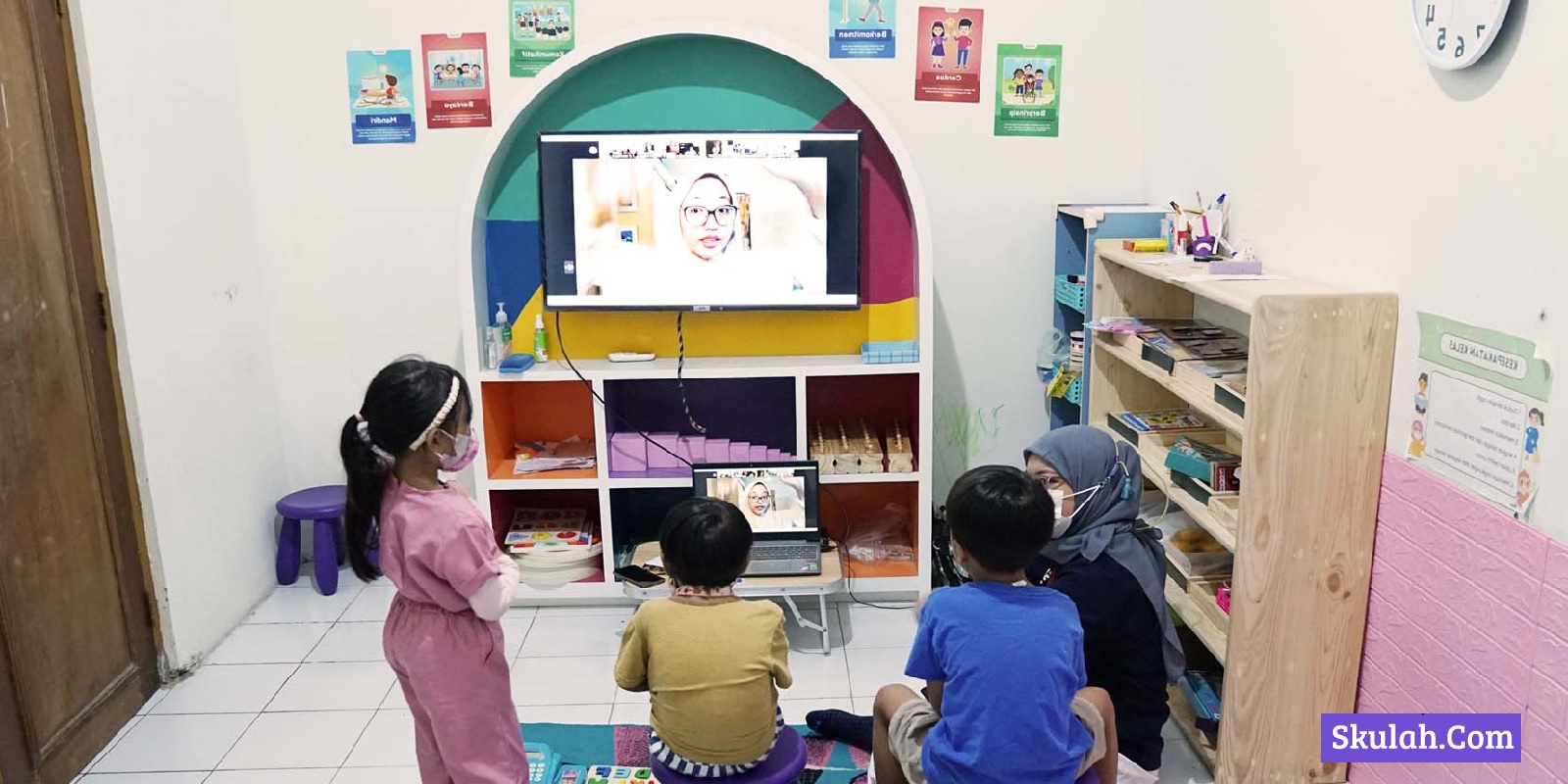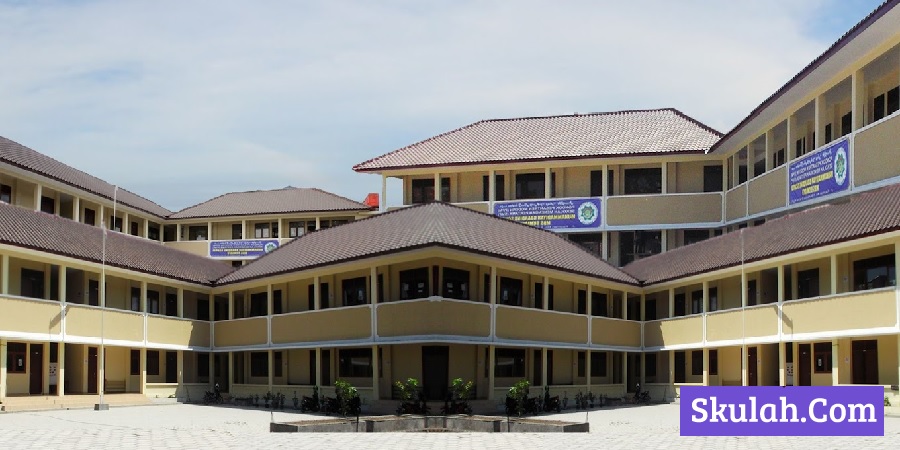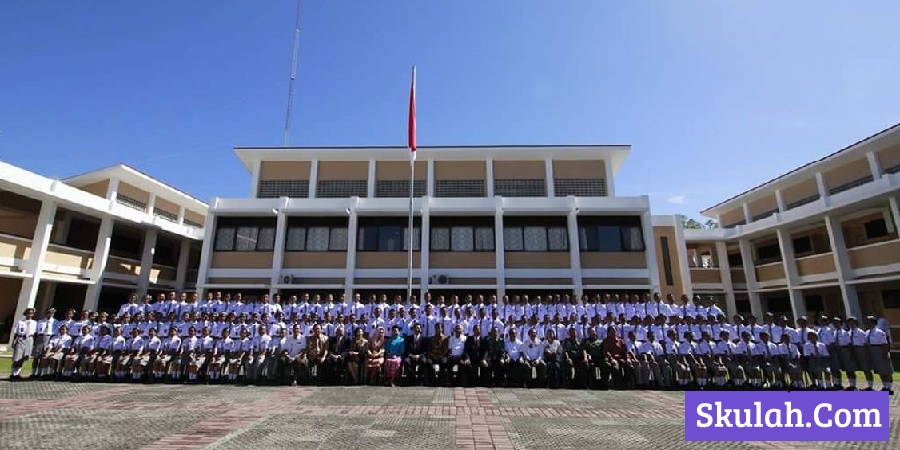Daftar Isi
The Current State of Student Data Utilization
Data in schools often exists in silos, limiting its usefulness. Many teachers and administrators struggle to access relevant information that could enhance instruction. Currently, student data is scattered across different platforms, making it hard to analyze and apply. However, there is a growing understanding that utilizing student data effectively can lead to better educational practices.
- Challenges with Data Access: Many educators lack easy access to the vital data they need.
- Missed Opportunities: Without proper analysis, valuable insights remain hidden.
The Promise of Data-Driven Instruction
Data-driven instruction uses data to inform teaching strategies. This approach tailors learning experiences based on real-time data about each student’s progress. The potential impact is substantial:
- Improved Student Outcomes: When teachers have access to meaningful data, they can adapt their teaching methods.
- Informed Decision-Making: Administrators can make better curriculum choices based on actual performance metrics.
The Role of State Ed-Tech Directors
State Ed-Tech directors are key players in this movement. They help develop systems and policies that ensure data is effectively used in classrooms. Their goals include:
- Ensuring interoperability among different data systems.
- Providing support and training for teachers on how to use data effectively.
Challenges in Leveraging Student Data Effectively
Despite the advantages of using student data, several obstacles exist that hinder progress.
Data Silos and Interoperability Issues
Data silos occur when information is isolated within different systems. This fragmentation makes it tough for educators to obtain a full view of student performance. Interoperability is essential to connect these systems and facilitate sharing.
Lack of Teacher Training and Support
Even with advanced systems in place, a lack of teacher training limits the effective use of data. Educators need hands-on training on how to interpret data and implement findings into their teaching.
Privacy and Security Concerns
Managing sensitive student data comes with significant privacy issues. Schools must ensure that they comply with regulations like FERPA. Protecting student information is paramount while working to make data more accessible.
Innovative Strategies for Data-Driven Decision Making
To overcome these challenges, states are implementing innovative strategies that maximize data use.
Real-Time Data Dashboards and Reporting Tools
Developing real-time dashboards enables teachers to see student data at a glance. These tools help track academic progress and identify students who may need additional support.
Personalized Learning Platforms and Adaptive Assessments
Personalized learning solutions adjust to each student’s needs. Adaptive assessments can change in difficulty based on a student’s performance, giving a more accurate picture of their abilities.
Data-Informed Curriculum Design and Development
Using data to inform curriculum design means that lesson plans can be based on actual student performance. This approach ensures that resources are directed where they are most needed.
Best Practices for Ensuring Data Privacy and Security
Ensuring data privacy is critical to maintaining trust in educational environments.
Compliance with FERPA and Other Regulations
Schools must comply with laws that protect student information. This compliance safeguards both students and institutions.
Data Encryption and Access Control Measures
Implementing data encryption secures sensitive information. Access control measures ensure that only authorized personnel can view or edit data.
Transparent Data Governance Policies
Establishing clear policies for data governance builds trust among parents and educators. Transparency regarding data use and sharing is crucial.
Collaboration and Partnerships for Success
Collaboration among various stakeholders enhances the ability to use data effectively.
Fostering Collaboration Between State Agencies, Districts, and Schools
Building partnerships ensures communication and alignment between agencies. This teamwork makes it easier to implement effective data strategies.
Leveraging Technology to Facilitate Data Sharing and Collaboration
Modern platforms can aid in data sharing and collaboration among educators. Using technology fosters a culture of sharing best practices and strategies.
Building Capacity Through Professional Development and Training
Professional development is vital. Training teachers to understand and utilize data empowers them to take actions that improve learning outcomes.
The Future of Data-Driven Instruction in Education
As technology continues to evolve, so does the potential for data-driven instruction.
Emerging Technologies and Their Impact on Data Utilization
Innovative technologies, such as AI and machine learning, are enhancing data processing. These tools can analyze vast amounts of data quickly, providing beneficial insights.
The Importance of Equity and Access in Data-Driven Instruction
Ensuring equitable access to data benefits all students. Disparities in data usage can widen achievement gaps, so focusing on equity is crucial.
Call to Action: Empowering Educators Through Data
Empowering educators with the right training and tools is essential. When teachers can analyze and apply data, they can make informed choices that positively impact students.
Conclusion: Unlocking the Power of Student Data for Better Outcomes
Harnessing the full potential of student data can revolutionize education. When state Ed-Tech directors foster collaboration, provide strong training, and ensure data security, they unlock pathways for better student outcomes.
Key Takeaways: Actionable Steps for Ed-Tech Directors
- Focus on interoperability to break down data silos.
- Invest in teacher training programs.
- Prioritize data security and transparency.
Looking Ahead: The Transformative Potential of Data-Driven Education
The future of education is bright. By empowering educators with actionable data, we can work towards improved student success and a more effective educational system.
















































